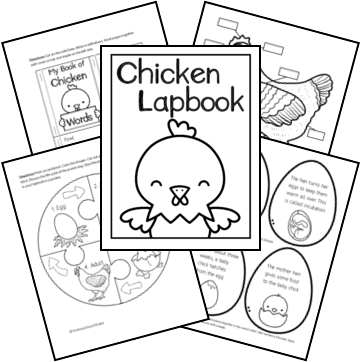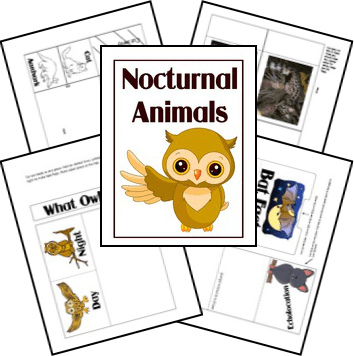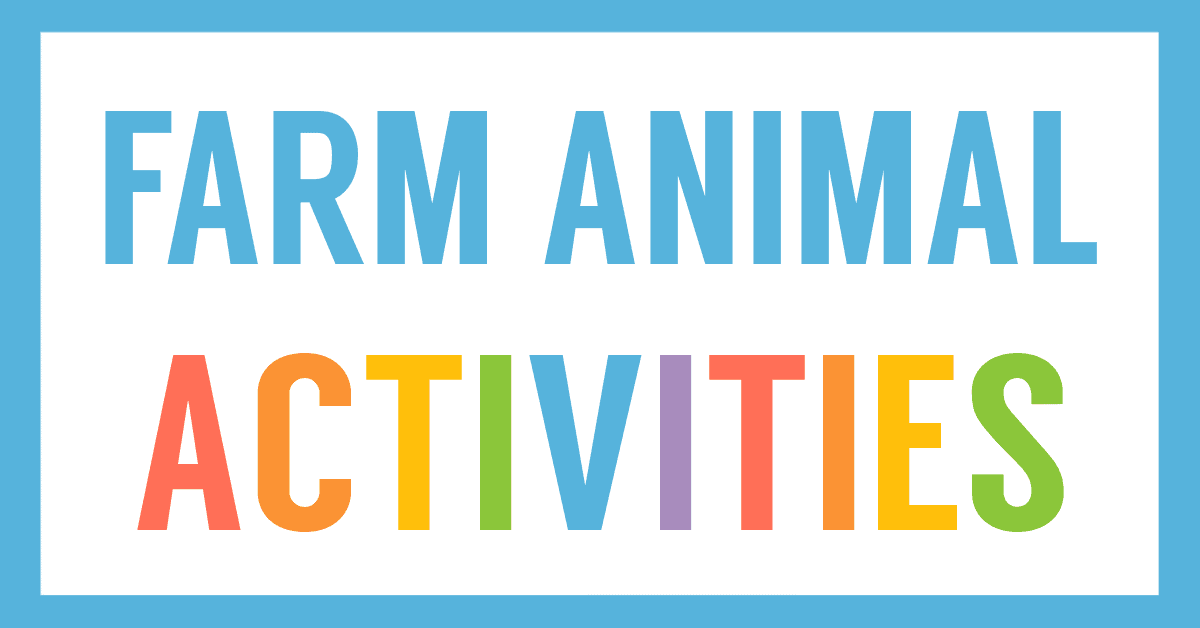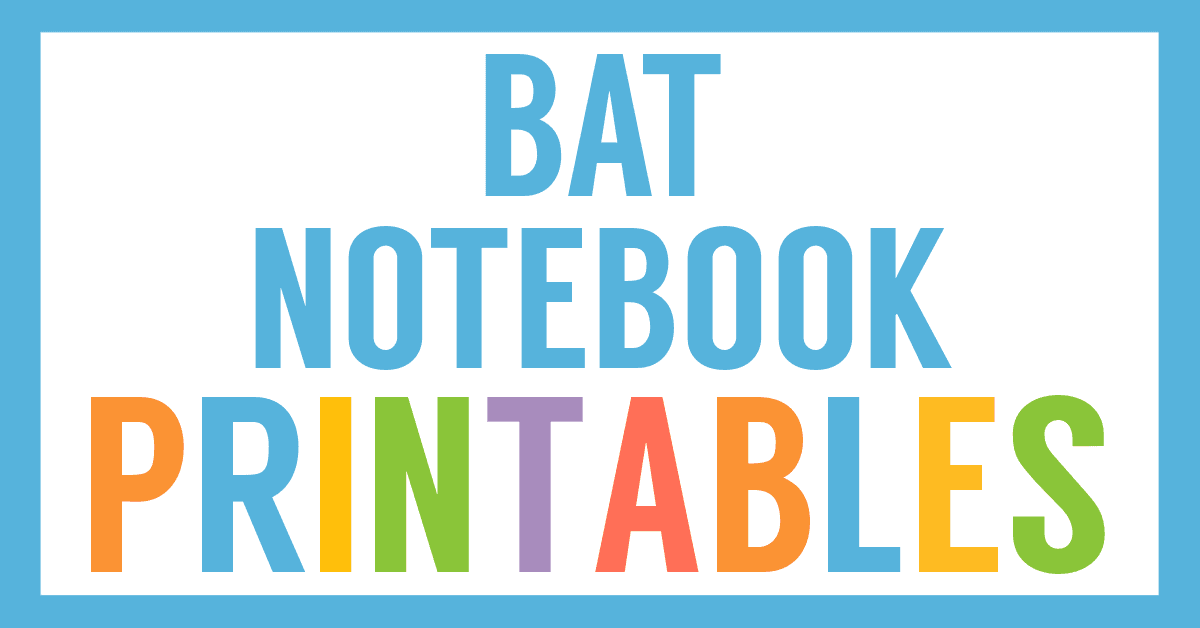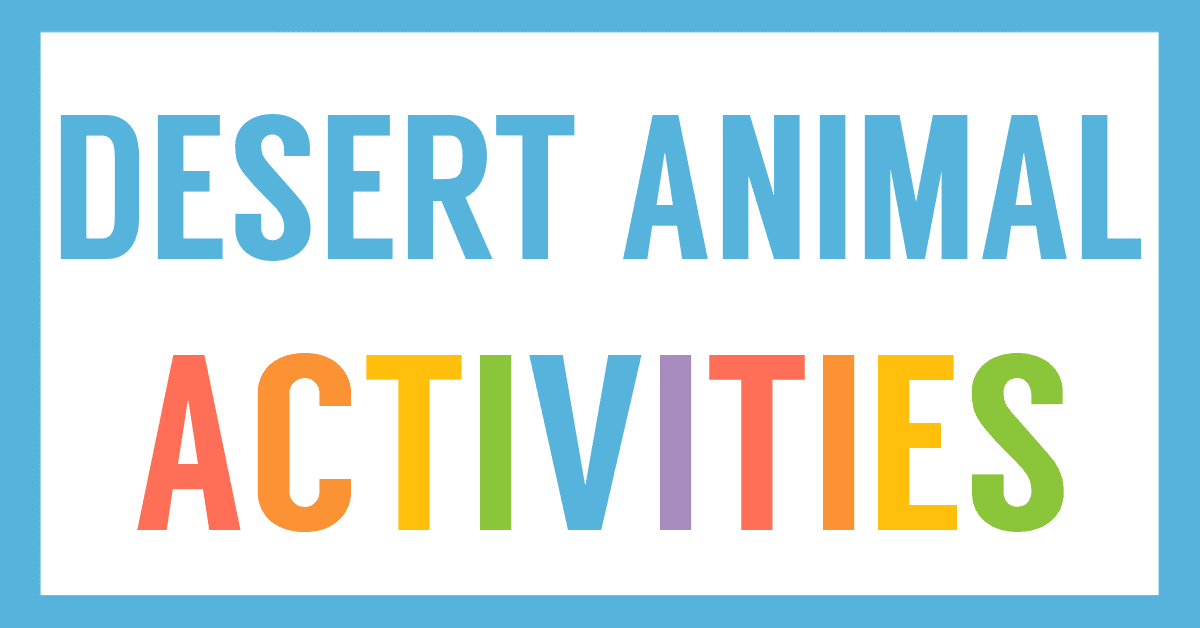Affiliate Disclaimer
We sometimes use affiliate links in our content. This won’t cost you anything, but it helps us to keep the site running. Thanks for your support.
Marsupials are a special type of mammal that give birth to live young which remain in a pouch on the mother’s body. Believe it or not, there are more than 250 different kinds of marsupials. Most live in Australia. Grab our Marsupials Lapbook to learn about these amazing animals.
Thanks to Jodi Small and Natalie Sing for helping to create this Marsupial Lapbook.
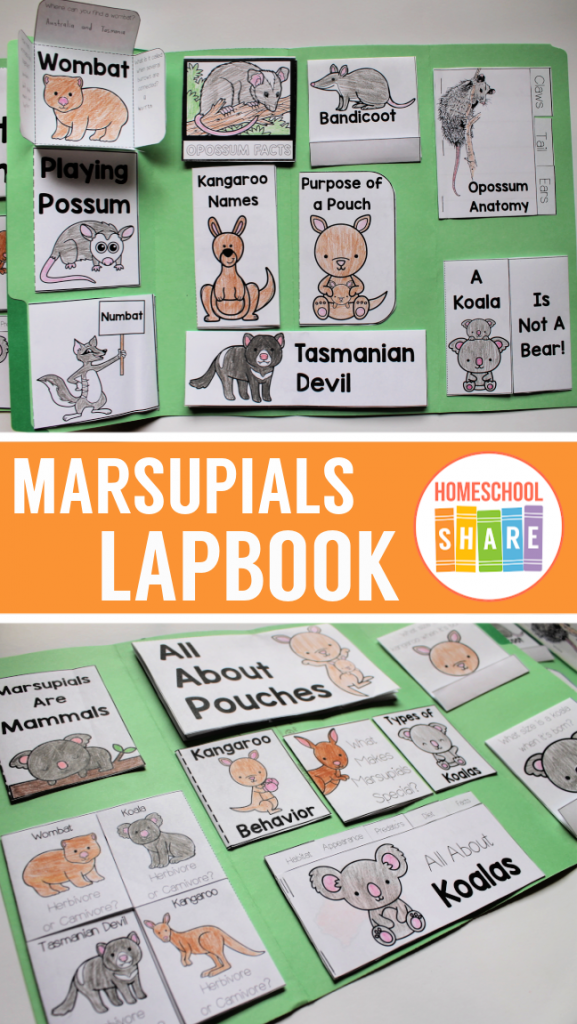
Marsupials Lapbook Lessons
Here are some sample lessons from the Marsupials Lapbook:
Marsupials and Pouches
Most female marsupials have a pouch for carrying babies, while male marsupials do not have pouches. The pouches provide warmth, protection and a place to eat for babies.
Kangaroos and opossums have a pouch on their stomach that opens toward the front of the animal.
Koalas, Tasmanian devils and wombats have pouches that open toward the rear. This protects the baby from dirt while the mother is digging in the dirt. They have a special muscle that helps hold the pouch closed while they are walking or climbing.
Some marsupials, such as the antechinus mouse, have no pouch, but rather a loose flap of skin on the underside. The babies from the litter hang on to the nipples for about 5 weeks. When they are too heavy, the mother makes a nest for them to rest in.
Kangaroos
Kangaroos live in Australia and some nearby islands.
There are fifty types of kangaroos ranging in size as small as a rabbit to as large at 7 feet tall. Kangaroos prefer to eat at night and eat mostly grass. Kangaroos do not drink much, but get their water from the grass they eat.
Male kangaroos, or boomers, fight each other for the female, or doe. Kangaroos live in groups called mobs, troops, or courts.
After the baby, or joey, is born, it is the size of a lima bean. It is carried in the mother’s pouch where it drinks milk to grow. Once the joey has outgrown the pouch (about nine months old), it can still stick its head in to get more milk.
Kangaroos use their tails for balance and also as a springboard for jumping great distances. The largest kangaroo can jump up to forty-four feet in one leap.
Kangaroos are shy, and in normal circumstances present no threat to humans. Male kangaroos often “box” amongst each other, playfully, for dominance, or in competition for mates.
Numbats
The numbat is a pouchless marsupial. Numbats are the only marsupial that is active during the day, or diurnal. They will spend their days eating and sleep inside their nest made of leaves, bark and grass at night.
The numbat eats mainly ants and termites. They will use their claws to dig into an anthill, or use their tongues to get into a termite home. They are sometimes called the banded anteater, because they have white and black stripes on their backs. They have a reddish brown body with a bushy tail.
Numbats are in danger of extinction and there are not many left in the wild.
To access all of the lessons in this Marsupials Lapbook, subscribe to Homeschool Share’s email list using the form in this post.
Marsupials Lapbook Printables
In addition to the research lessons, the file includes these mini-books for your student to create a Marsupials Lapbook:
- Marsupials Are Mammals Simple Fold
- What Makes Marsupials Special? Simple Fold
- Herbivore or Carnivore Shutterflap
- All About Pouches Side by Side Book
- Purpose of a Pouch Simple Fold
- Marsupial Baby Sizes Matchbooks
- Kangaroo Names Flap Book
- Kangaroo Behavior Simple Fold Book
- Leaps & Bounds Accordion Book
- Koala Shutterfold Book
- Types of Koalas Simple Fold Book
- All About Koalas Tab Book
- Opossum Anatomy Tab Book
- Opossum Facts Accordion
- Playing Possum Simple Fold Book
- Numbat Simple Fold Book
- Wombat Petal Book
- Tasmanian Devil Flap Book
- Bandicoot Matchbook
- Wallaby Matchbook
- Kangaroo Coloring Page
Lapbook Example
You can use as many or as few of the mini-books to create your own custom Marsupials Lapbook. Here is a sample for you; it was made with two file folders.
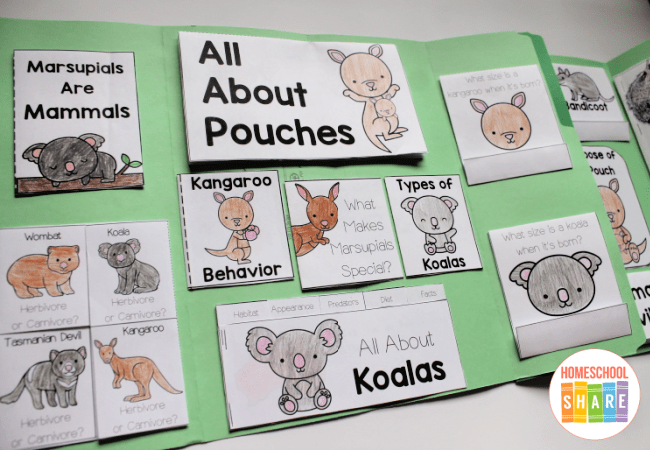
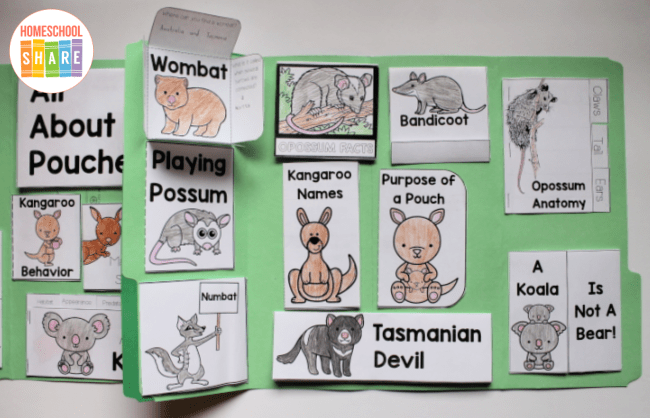
How to Get Started with Your Marsupials Lapbook
Follow these simple instructions to get started with the Marsupials Lapbook.
- If you want, go to your local library and check out books about marsupials: wombats, koalas, kangaroos, numbats, Tasmanian devils, oposums, wallabies, and other pouched animals.
- Print the Marsupials Lapbook.
- Choose and prepare the mini-books you want to use with your student.
- Enjoy a week of reading and learning all about marvelous marsupials.
Download Your Free Marsupials Lapbook
Use the form below to subscribe to the newsletter. Once you confirm, you’ll receive an email with the link to the lapbook. If you are already confirmed, simply enter your name and email address below, and you will receive an email with the link.
Explore Other Animal Lapbook Studies
Does your student want to make another animal lapbook? Try one of these.


